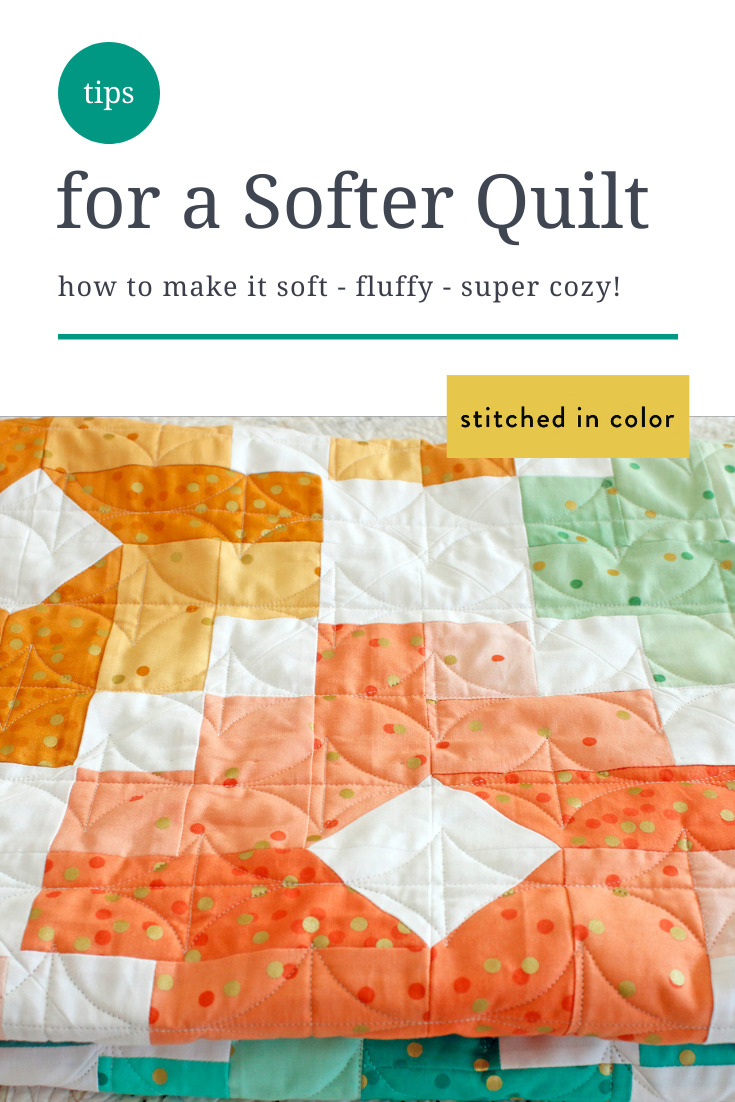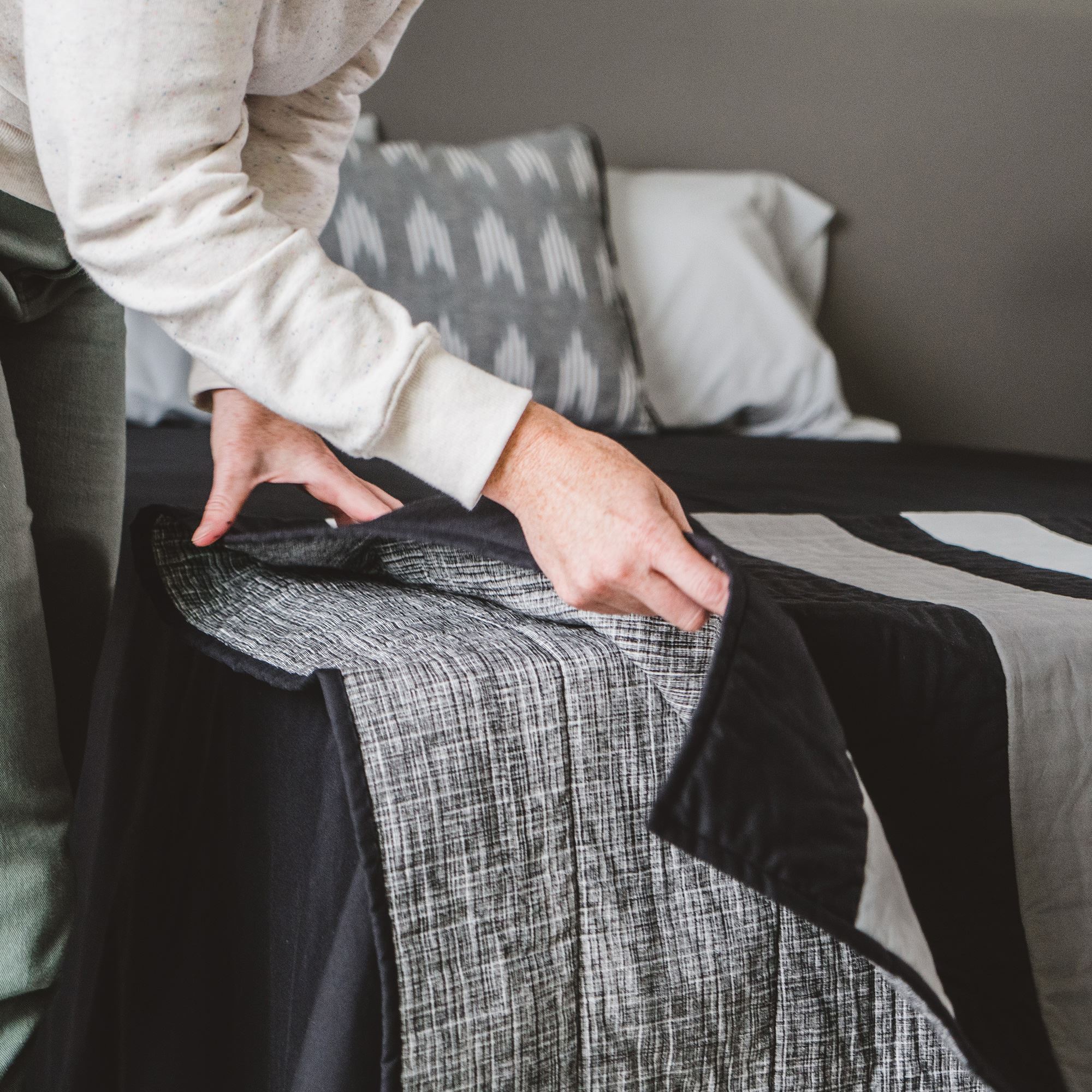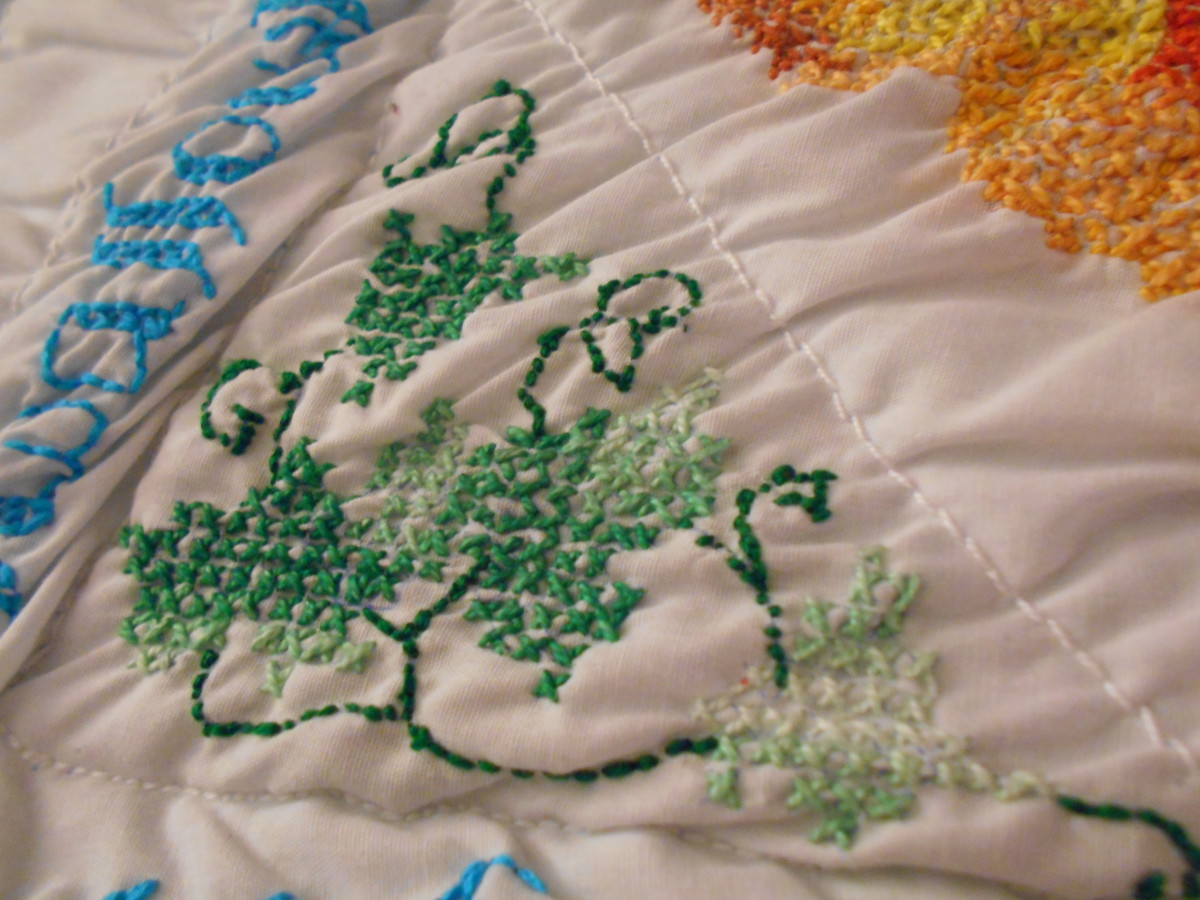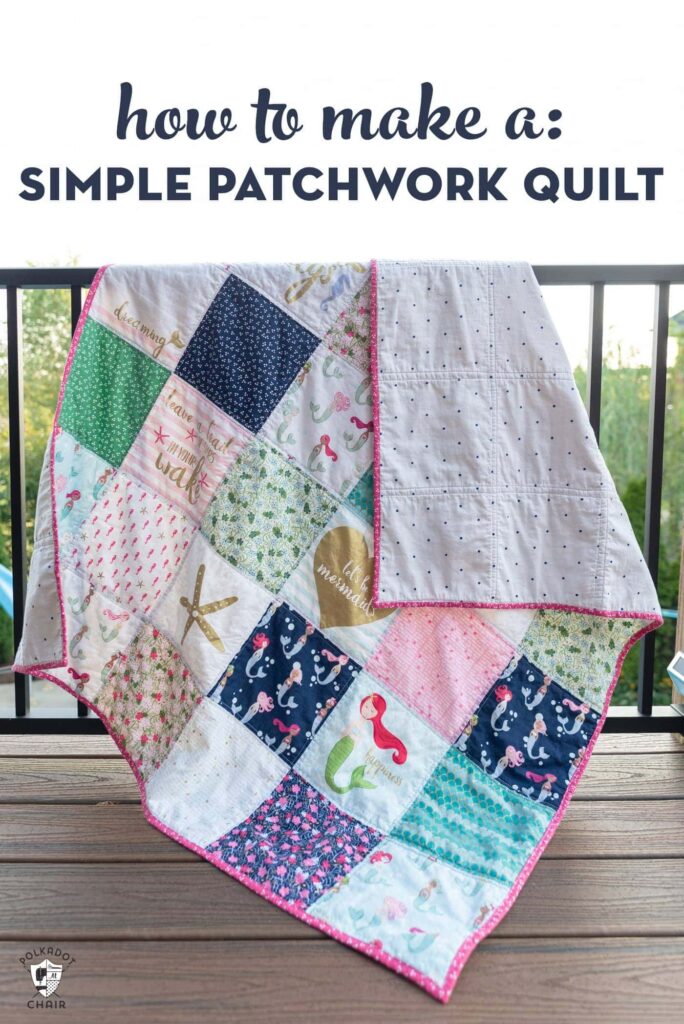Have you ever wondered how long it takes to make a quilt? From choosing fabrics, to piecing together the top, to quilting together the layers and finally, binding the edges, the process of creating a quilt can be quite lengthy. In this article, you will uncover the mystery behind the amount of time it takes to make a quilt.
Factors Affecting the Time Taken to Make a Quilt

Type of Quilt
The type of quilt being made is one of the most important factors that can affect the time taken to make a quilt. Traditional quilts are usually made up of layers of fabric, batting, and a backing, and can take several hours to construct. On the other hand, modern quilts may require less time to complete due to the use of pre-cut materials, such as fabric panels, which reduce the amount of cutting and piecing required.
Size of the Quilt
The size of the quilt is another key factor that can influence the time it takes to make a quilt. Smaller quilts will generally take less time than larger quilts due to the reduced amount of materials used and less piecing and quilting required.
Level of Complexity
The level of complexity of the design can also affect the amount of time it takes to make a quilt. Quilts with intricate designs, such as those that require appliqué, may take longer to complete than simpler designs.
Skill Level of the Maker
Finally, the skill level of the quilt maker can also influence the amount of time it takes to make a quilt. Experienced quilters may be able to complete a quilt in far less time than a beginner due to their familiarity with the techniques and supplies involved.
In general, the amount of time it takes to make a quilt can vary widely depending on the type of quilt, its size, the level of complexity, and the skill level of the maker. On average, it may take anywhere from a few hours to a few days to complete a quilt.
Estimating the Time to Make a Quilt

- Size Matters: Larger quilts take longer to make than smaller quilts.
- Type of Quilt: Pieced quilts will take longer to make than appliqued quilts.
- Quilting Stitches: The number and type of quilting stitches you choose to use will affect the time it takes to make a quilt.
- Skill Level: The more experienced you are, the faster you will be able to make a quilt.
- Organization: Being organized, having a plan and sticking to it will help you finish your quilt faster.
When it comes to how long it takes to make a quilt, the answer will vary depending on the size, type, quilting stitches and skill level. A small, appliqued quilt made by an experienced quilter may take as little as 10 hours to complete, while a large, pieced quilt made by a beginner may take up to 40 hours or more.
How Long Does it Take to Make a Cross Stitch Quilt?

Cross stitch quilts are a popular choice for those looking to add a unique touch to their home. But how long does it take to make one?
- Design and Materials: Depending on the complexity of the design and the size of the quilt, it can take anywhere from several hours to several weeks to select the materials and design the quilt.
- Assembly: Once the fabrics, threads, and design have been chosen, it takes approximately 2 to 8 hours to assemble the quilt.
- Quilting: Quilting the quilt can take anywhere from 2 to 8 hours.
- Finishing: Finishing the quilt can take up to 8 hours.
- Total Time: Altogether, it takes approximately 6 to 30 hours to make a cross stitch quilt.
Cross stitch quilts are an excellent choice for any craft-lover looking to add a unique touch to their home décor. With a little patience and dedication, you can create a beautiful and memorable piece of art in just a few hours.
Quilt-Making Strategies for Saving Time
- Choose the Right Fabric: Using high-quality fabric and thread will save you time in the long run, as they are less likely to tear or fray while you’re working on the quilt.
- Organize Your Supplies: Taking a few minutes to organize your supplies can save a lot of time later. Gather all the fabric, thread, pins, and other supplies you’ll need before you start working.
- Follow a Pattern: Whether you choose a beginner-level quilt pattern or a more complicated one, having a pattern to follow will help you save time, since you won’t have to guess how the pieces should fit together.
- Use a Sewing Machine: Sewing by hand is a personal preference, but using a sewing machine can help you make a quilt much faster.
- Take Breaks: While it’s important to stay focused, taking breaks when you need them can help you stay refreshed and motivated.
Frequently Asked Questions
What are the different components of making a quilt?
- Design: The first step in making a quilt is to decide the design of the quilt. This includes selecting the fabrics, colours and patterns that will be used.
- Piecing: This is the process of cutting the fabric into the desired shape and size, then sewing it together using a sewing machine.
- Backing and Batting: This involves choosing the right backing fabric and batting for the quilt. The backing fabric is usually a single piece of fabric used to cover the back side of the quilt. The batting is used to provide warmth and cushioning.
- Quilting: This is the process of sewing the quilt top, batting and backing together, usually with a quilting machine.
- Binding: This is the process of sewing a binding fabric around the edges of the quilt to give it a finished look.
What Tools are Necessary to Make a Quilt?
- Fabric: Quilting fabric, batting, and backing fabric
- Rotary Cutter: Rotary cutters come in various sizes, with various blade sizes and shapes
- Cutting Mat: Self-healing mats come in various sizes, with measurements printed on them
- Rulers: Rulers come in various sizes and shapes, with measurements printed on them
- Sewing Machine: Choose a machine that is capable of performing basic quilting stitches
- Thread: Different thread types are used for different quilting projects
- Iron: An iron is necessary for pressing fabric pieces and seams
- Quilting Pins: Quilting pins come in various sizes and shapes, with different levels of sharpness
What kind of fabrics are best for quilting?
Cotton: Cotton is the most popular choice for quilting as it is affordable, durable and easy to sew. Cotton fabric comes in a variety of colors and patterns, making it versatile enough to suit any style.
Linen: Linen is a great choice for quilting because it is strong and durable. It is also lightweight and breathable, making it ideal for quilts that will be used in warmer climates.
Wool: Wool is a great option for quilting, as it is extremely durable and long-lasting. It is also a great insulator, making it ideal for quilts that will be used in colder climates.
Silk: Silk is a luxurious fabric that is perfect for quilting. It is lightweight, soft and drapes beautifully. However, it is more expensive than other quilting fabrics and can be difficult to sew.
Fleece: Fleece is a great choice for quilting, as it is warm, cozy and soft. It is also easy to sew and comes in a variety of colors and patterns.
What techniques should be used when quilting?
- Piecing: Piecing involves sewing individual pieces of fabric together to form a quilt top. This can be done by hand or machine.
- Basting: Basting is the process of attaching the quilt top, batting, and backing together. It can be done by hand or machine.
- Quilting: Quilting involves stitching the quilt layers together. This can be done by hand or machine and can include decorative stitching.
- Binding: Binding is the process of finishing the edges of the quilt. This can be done by hand or machine.
Are there any specific tips for creating a professional-looking quilt?
Choose Quality Fabrics: Quality fabrics will last longer and will make a quilt look more professional.
Planning: Careful planning is key to creating a professional-looking quilt. Consider the size and design of the quilt and choose fabrics accordingly.
Accurate Cutting: Accurately cut the pieces of fabric to ensure the quilt will look neat and even.
Press: Press the pieces of fabric before sewing them together to ensure the seams are in place.
Finishing: Add the quilt binding and use a neat quilting stitch to finish off the quilt.
Conclusion
The amount of time it takes to make a quilt depends on the size, the pattern, and the skill level of the quilter. Beginners may take several weeks to complete a quilt, while experienced quilters may only take a few days. The time required to make a quilt is ultimately up to the individual, and can be as short or as long as they please.






